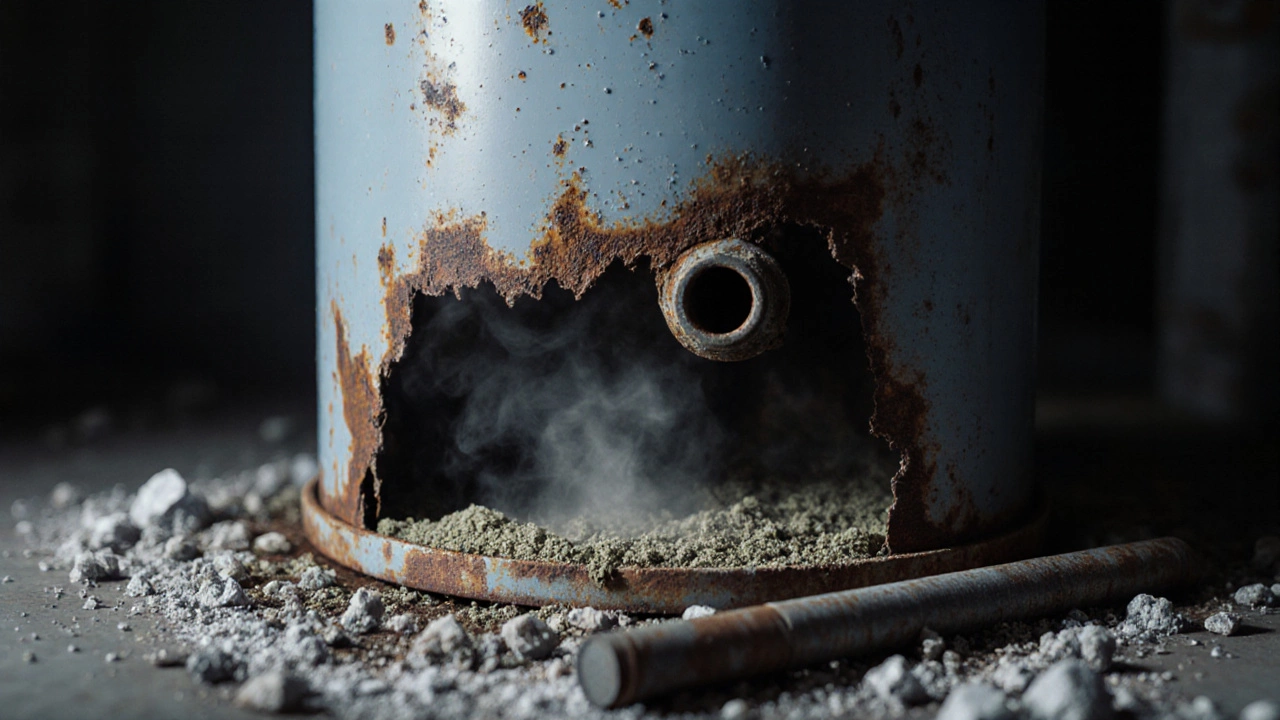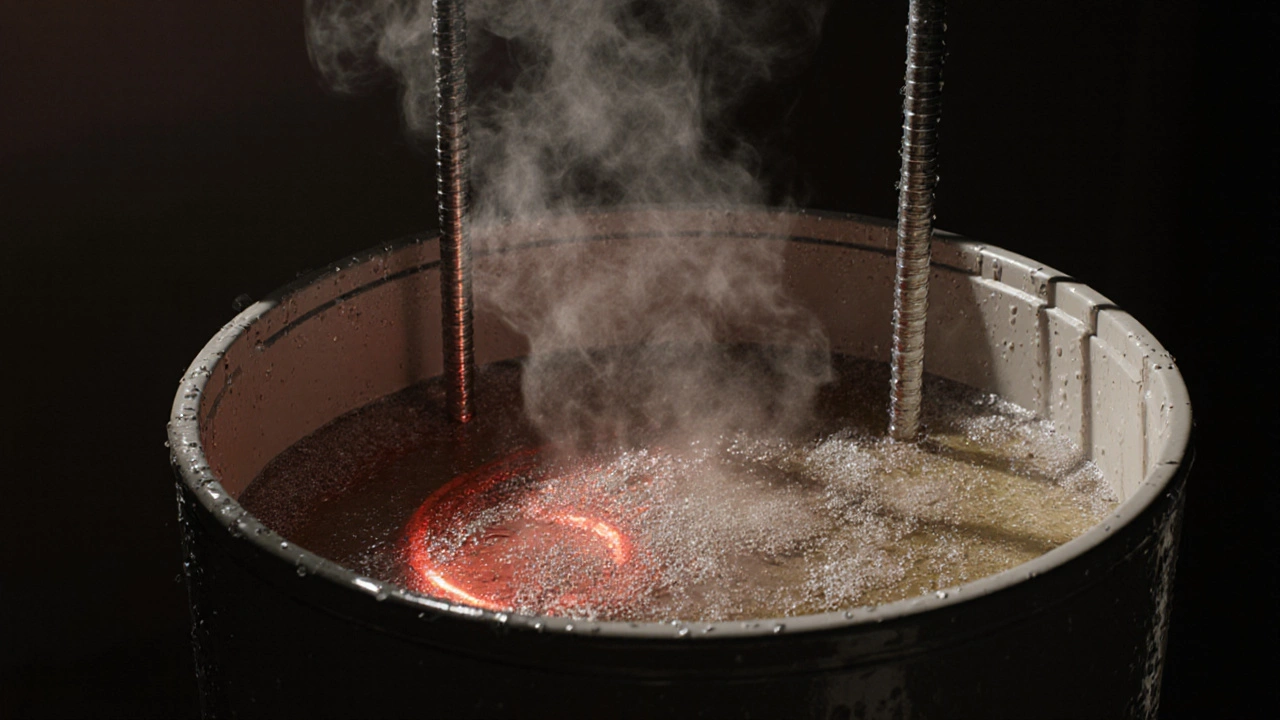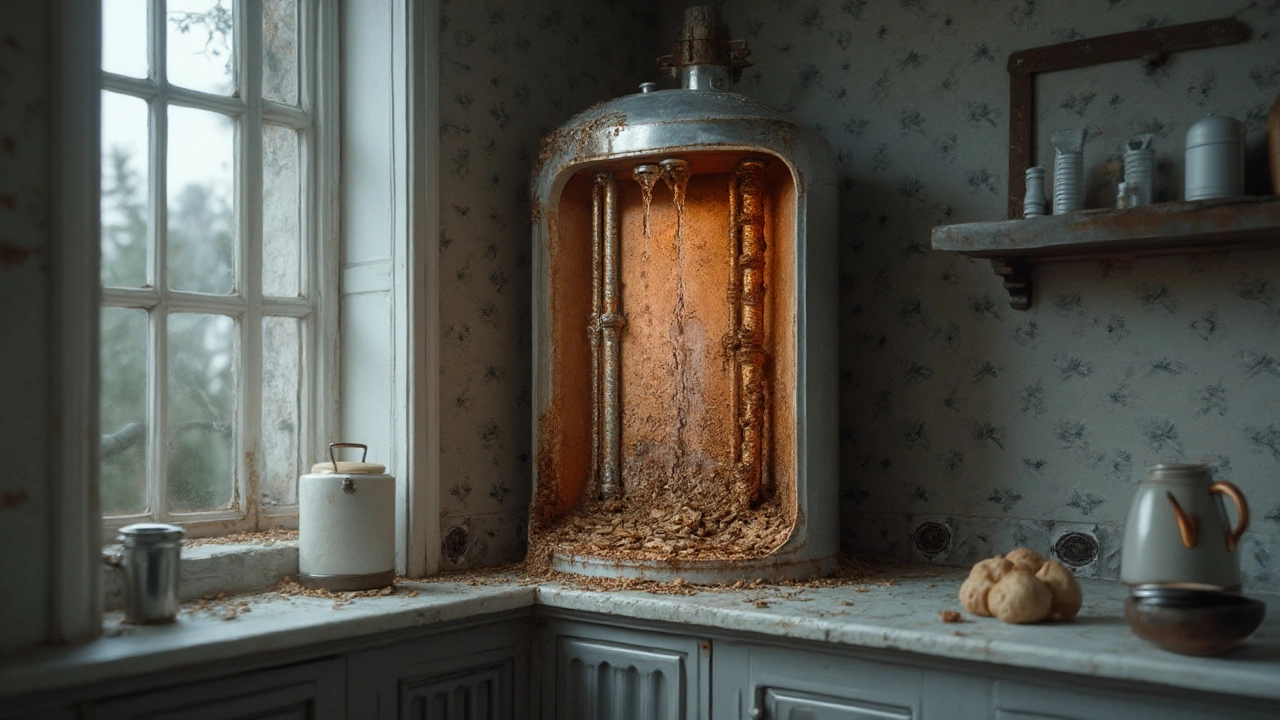Sediment Buildup – What It Is and Why It Matters
Ever open a water heater and see a flaky, rust‑like layer at the bottom? That’s sediment buildup, and it’s more than just a nuisance. Over time the mineral particles settle, chew away at heating elements, and force your appliance to work harder. The result? Higher energy bills, strange noises, and a shorter lifespan for the device.
Most homeowners only notice the problem when something goes wrong – a noisy boiler, lukewarm showers, or a freezer that runs constantly. The good news is you can catch sediment early and clear it yourself in many cases. Below we’ll break down where sediment shows up, why it happens, and quick steps to keep it under control.
Common Places You’ll Find Sediment
While water heaters get most of the attention, sediment can settle in any appliance that uses water or heat. Here are the usual suspects:
- Water Heaters & Boilers: Hard water leaves calcium and magnesium deposits at the tank’s bottom. These minerals form a crust that insulates the heating element, making it less efficient.
- Washing Machines: Detergent residue mixes with water minerals and can coat the drum and pump. Over time you’ll notice a musty smell or clothes feeling gritty.
- Dishwashers: The filter and spray arms can get clogged with mineral grit, leading to spots on dishes and longer cycles.
- Refrigerators & Freezers (with ice makers): If you use a water dispenser, the water line can gather sediment, causing cloudy water and weaker ice production.
- Heating Radiators: In older homes, sediment can travel through the central heating system, causing uneven heating and noisy pipes.
Spotting sediment early usually means listening for new sounds (clicking, rumbling), checking for reduced performance, or seeing a visible layer at the bottom of a tank.
Easy Ways to Prevent and Remove Sediment
Not every problem needs a pro. With a few tools and a little time you can flush most appliances yourself.
1. Flush the water heater or boiler. Turn off the power or gas, close the cold‑water inlet, and attach a garden hose to the drain valve. Open the valve and let the tank empty. Once empty, close the valve, turn the inlet back on, and fill the tank. This flushes out the loose particles.
2. Use a descaling solution. For appliances that can’t be drained easily (like dishwashers), run an empty cycle with a cup of white vinegar or a commercial descaler. The acidity breaks down mineral buildup.
3. Install a water softener. If you have hard water, a softener can stop most sediment from forming in the first place. It’s a bigger upfront cost but saves on energy and repairs.
4. Clean filters regularly. Many appliances have removable filters (washing machines, refrigerators, HVAC). Take them out every 1‑3 months, rinse, and replace if needed.
5. Schedule professional service. Some tasks, like deep cleaning a boiler’s heat exchanger, are best left to a qualified technician. A yearly check can spot hidden sediment before it causes a breakdown.
Remember, the key is consistency. A quick flush once a year for your water heater, a monthly check of dishwasher filters, and an annual softener recharge keep sediment from becoming a costly nightmare.
Got a specific appliance you’re worried about? Grab a bucket, turn off the power, and give it a look. If you see a crusty layer, follow the flush steps above. Most homeowners can handle it, and the peace of mind is worth the effort.
By staying on top of sediment buildup you’ll keep your appliances humming, lower your utility bills, and avoid unexpected repairs. It’s a small habit that pays big dividends over the life of your home’s gear.

Why Do Water Heaters Fail So Quickly? Common Causes and How to Avoid Them
Water heaters often fail early due to hard water, sediment buildup, and neglected maintenance. Learn the real reasons behind premature failure and how to extend your heater's life with simple, proven steps.

What Is the Most Common Problem with a Hot Water Heater?
The most common problem with a hot water heater is sediment buildup, especially in hard water areas like Brisbane. Learn how to identify it, flush your tank, and avoid costly repairs.

The #1 Cause of Water Heater Failure and How to Prevent It
The most common cause of water heater failure is internal tank corrosion from a depleted anode and sediment. Learn signs, prevention, and repair-vs-replace tips.

Why Never Flushing Your Water Heater Is a Big Mistake
Ignoring your water heater's maintenance can lead to serious issues like reduced efficiency and lifespan. By not flushing, sediment buildup increases, impacting water quality and energy costs. Regular flushing is key to avoiding unexpected breakdowns and extending the life of your heater. This article explores what happens when neglect takes over and offers tips on maintaining your water heater for optimal performance.